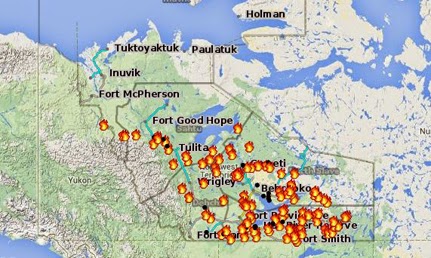I finally managed to remember to take some photos of
Dandelion to put in the list. This is probably the
only edible wild herb that anyone, even a child, can identify easily. These are dandelions growing wild around the garden plot. And since the area has been designated for crops and tested for heavy metals, I am pretty confident it is safe to harvest and eat.
Picked a medium sized bunch (maybe 100 g) of younger leaves from the centre of the rosette. Older ones, especially from plants that has already flowered tend to be more bitter. Some people "pre-blanch" them while growing by placing upturned pots over the growing plants. I have tried them raw, and found them too bitter for me (delicious, but bitter!) so this time round I will try cooking them.
Nutrition-wise, you cannot go wrong with Mr Dandelion. Much detested by people who like orderly lawns and well behaved garden, much loved by Wild Food enthusiasts for it's food value. Again, we see this table of nice information on the nutritional data of raw dandelion leaves:
It is also a known diuretic, and helps your liver and kidneys flush out the toxins. Like it's cousin, Milk Thistle, it is said to have beneficial effects to detoxifying your liver. Caution should be taken for those of you who take prescription medications, as it can affect the serum concentration of the drugs in your blood, due to the diuretic effect, and liver stimulating properties. Be sensible, and not eat big bunches of Dandelion too regularly if you're reliant of medication, eh?
Now, the leaves were washed and finely chopped. I don't bother removing the midrib of the leaves, either. Into the frying pan with olive oil and garlic, with a handful of Nasturtium (Trapoleum majus) leaves to give it a peppery bite, and a handful of chards to mellow out the bitterness .... Saute until wilted (3 minutes or so), a little bit of salt, and serve.
And here's dinner! Dandelion greens, with Nasturtium and Chards, on rice, with some baked, wild salmon! Omnomnom! Guess what? I think I really like having Dandelion prepared this way, it tastes like very strong mustard greens, with a hint of pleasant bitterness that goes really well with garlic. Will harvest some more tomorrow and freeze a few portions so I can have some in winter!
 |
| Free vegetables. What's not to like? |
The flowers are mostly gone and Clocked out, but for sure the flowers are edible, too. Not to mention sweeter than the leaves.
On a tangent, I'm glad that Dandelion has inspired some fantastic works of art:
Robin Wright's Faeries with Dandelion Blowing in the Wind






















































